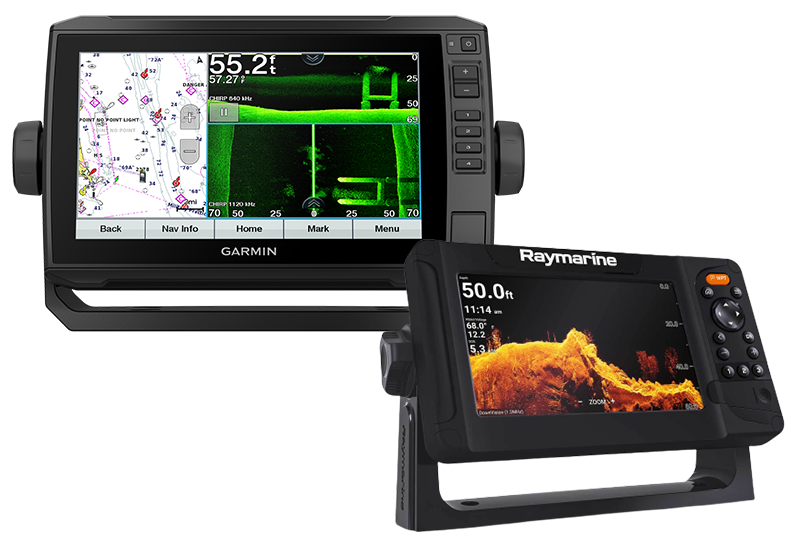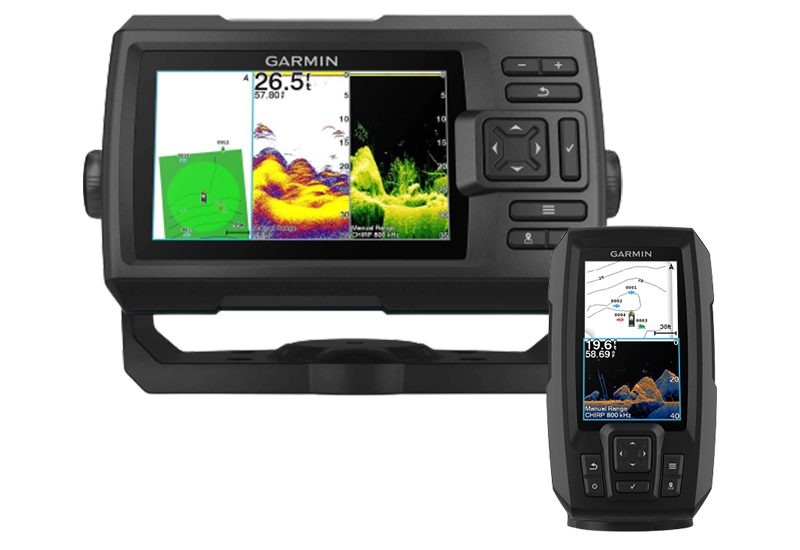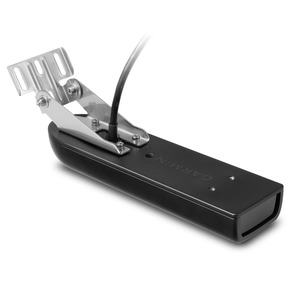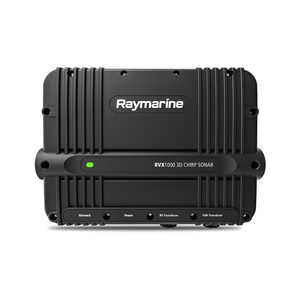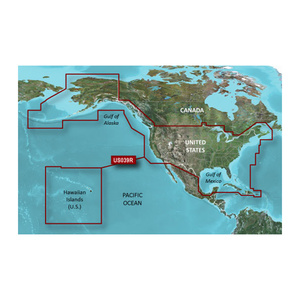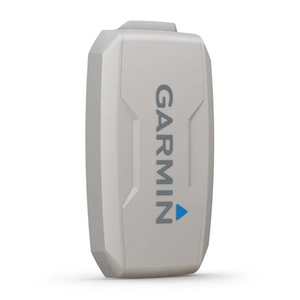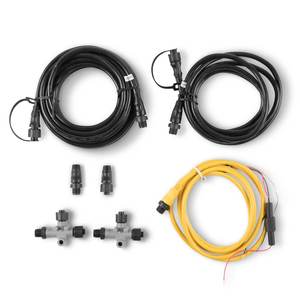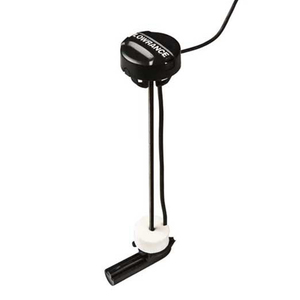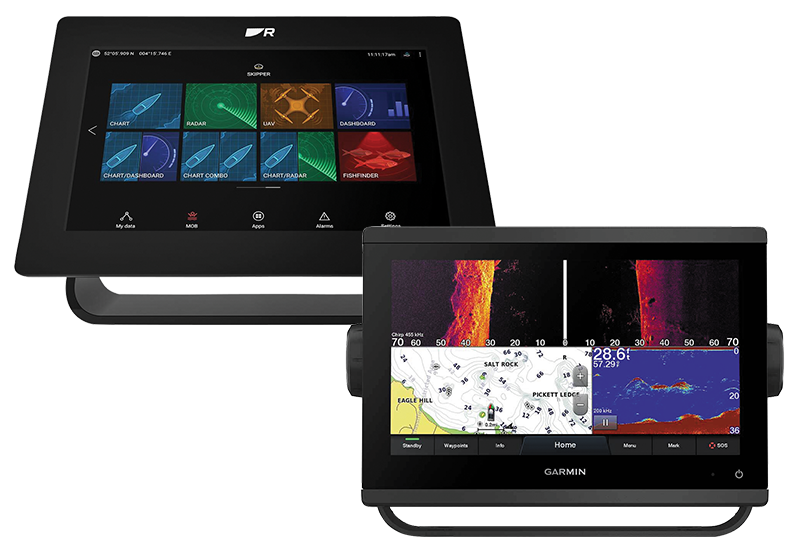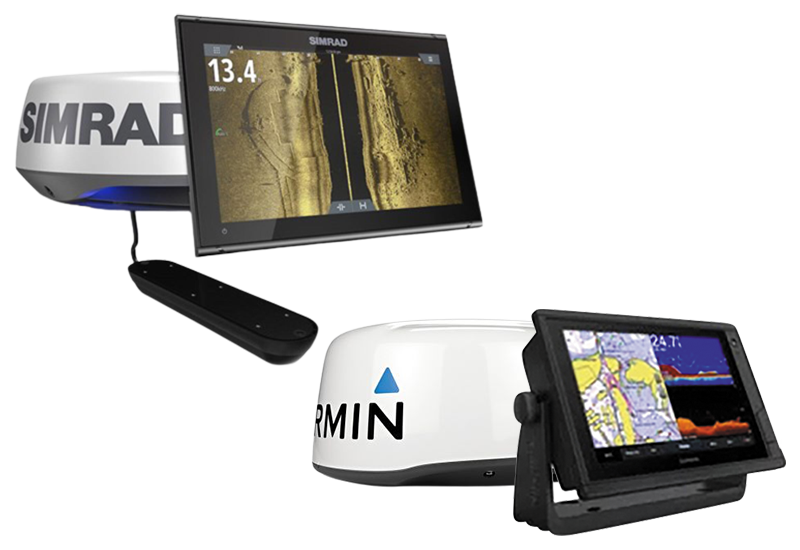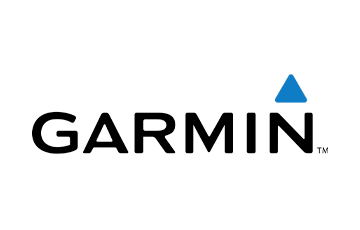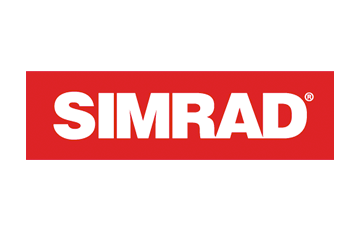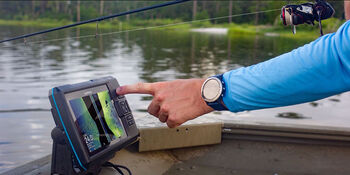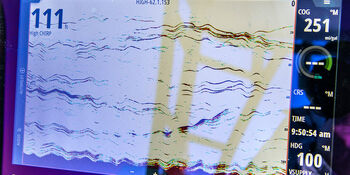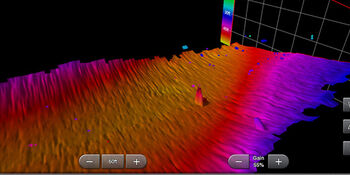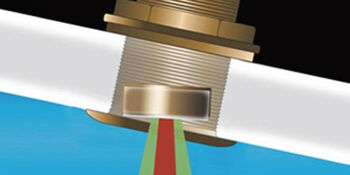Advice & How-To
Looking for a fishfinder? You’re on the right page!
For most anglers, fishfinders have become an integral part of fishing expeditions. Today’s fishfinders, from brands like Simrad and Garmin, have come a long way from those of the past. Their story begins with ancient models that graphed sonar returns on paper. These later gave way to big bulky CRTs which as time progressed were replaced by gray scale LCD displays. Fast forward to today, where fishfinders boast sleek LCD touchscreens that are capable of displaying in real time photo-like images of fish and structure. Choices include a variety of technologies, including CHIRP, side-scan, down-scan and active imaging models with stunning sunlight readable displays. Fishfinder choices include stand-alone units and fishfinder/chartplotter combo units with built-in GPS. Items related to fishfinders include transducers and “black box” units that mount remotely and connect to a multi-function display. Need more inspiration? Read our helpful article outlining Six of the Best Fishfinders.
Fish Where the Fish Are
Unless you know where fish are lurking, casting out anywhere on the water won’t guarantee a bite. Finding the best fishing spots will help you save time and money and catch more fish. That’s where fishfinders come in. An essential part of any modern angler’s arsenal, a fishfinder makes catching more fish easier. Fishfinders help you pinpoint the honey hole using SONAR so you can see where the fish are and at what depth they are hiding. No more wasting time, tackle or line on deserted spots in the water. From standalone units, fishfinder/GPS combos and networked or multifunction displays, West Marine offers a wide array of fishfinders from the top brands on the market today. Keep reading for tips on finding the right system for your boat.
Should I Buy a Standalone, Combo or Network Fishfinder?
Standalone Fishfinder: These economically-priced units offer a big display and optimal performance. They are great for smaller boats used for fishing small, inland lakes. Stand-alone units are an ideal option for anglers on a limited budget, or as part of a multiple-display system on a larger boat.
Portable Fishfinders: For ice fishermen or anglers with a small runabout, kayak or inflatable boat, compact, stand-alone, battery-operated portable fishfinders are a practical way to add fishfinding capability. If you are looking for a portable fishfinder, consider Garmin's STRIKER™ 4 Fishfinder with GPS Portable Kit. This fishfinder features a HVGA 3.5" (measured diagonally) color screen and includes a 12-volt, 7 milliamp, sealed, rechargeable lead-acid battery that offers up to three days of battery life.
Combination Fishfinder/Chartplotter: Combos are the most popular option for mid-sized boats. “Black box” sounder modules can turn many chartplotters into combo units with an added transducer.
Networked System: These types of fishfinders offer a large range of data sources and sensors. Featuring Bluetooth®/Wi-Fi and smartphone integration, multiple-display network systems are great for medium-sized or larger vessels.
What about Display Specs?
Pixels and Colors: Obviously, more pixels mean a higher screen resolution, which is great for seeing the air bladders of smaller fish. With more shades of gray or full-color presentations, you get a clearer image that’s easier to understand. Your choices range all the way from four-level grayscale up to 16.7 million colors.
Size: Screen sizes range from 3 inches for standalone units to 16 inches or more on some of the combo/networked system displays. Widescreen displays allow you to see more meaningful information when you split the screen to display your GPS chart, radar screen or returns from more than one transducer.
Transmit Power: Transmit power is expressed in Watts RMS (Root Mean Squared) and is related to how well you see in silt-laden water, view down to greater depths and successfully resolve separate targets and bottom structure. A 500W (RMS) fishfinder should have plenty of power for most coastal applications. Serious bluewater anglers should look for 1,000W or more. Inland lake fishermen can see the shallow bottom with only 200W.
Transducers: Fishfinders operate using a single frequency transducer, dual frequencies, multiple frequencies or a broadband CHIRP system. In general, higher frequencies give the finest detail resolution, the least background noise on your screen and the best view from a fast-moving boat, but don’t travel as deeply as lower frequencies. Shallow-water inland anglers generally choose higher frequencies of 200kHz, 455kHz or 800kHz. For maximum depth, use lower frequencies. We recommend 200kHz or higher (up to 800kHz) for water depths up to 200' and 80kHz or 50kHz for deeper water.
CHIRP SONAR: Today, most styles of broadband fishfinders are Compressed High Intensity Radar Pulse or CHIRP. These don’t transmit on just one or two frequencies. Instead of transmitting only 200 or 50 kHz, CHIRP devices transmit a signal that sweeps linearly upward.
Selecting a Sonar Transducer
We’re only slightly kidding when we say that one of the simplest ways to pick a transducer is to decide just how big of a hole you want to drill in your boat. Fishfinders intended for the small-boat, freshwater angler often come with a transducer, usually a transom-mount type. But many transducers are purchased separately and need to be installed through the hull.
Style & Shape
Thru-hull: This means a threaded bronze, nylon or stainless steel shaft passes through the bottom surface of the hull. You have several styles to choose from. For example, some have an external, football-shaped head, with water flow smoothed by a fairing block that also corrects for the dead rise (sideways slope of the hull). Others have round mushroom head thru-hulls, either semi-flush or flush mounted. These are the most challenging to install, but likely to provide the best signal quality. Displacement power and sailboats generally use thru-hulls.
Transom-mount: An adjustable-angle bracket is screwed or bolted to the transom, with transducer hanging below and behind the hull. These require simpler installation than thru-hulls, but may encounter more turbulent water flow.
In-hull: “Shoot through hull” transducers need no direct water contact. They are glued to the inside of the hull with silicone or epoxy. They do not work on cored hulls or steel hulls, but will work on solid fiberglass. Both in-hull and transom-mount styles are popular for trailer-able boats.
Trolling motor: Clamped to the outside or permanently installed inside the propeller hub of trolling motor. Minn Kota Universal Sonar and MotorGuide Sonar Ready models include built-in 200kHz transducers that fit many popular fishfinders. Garmin, Lowrance and Minn Kota all offer trolling motors with built-in transducers.

